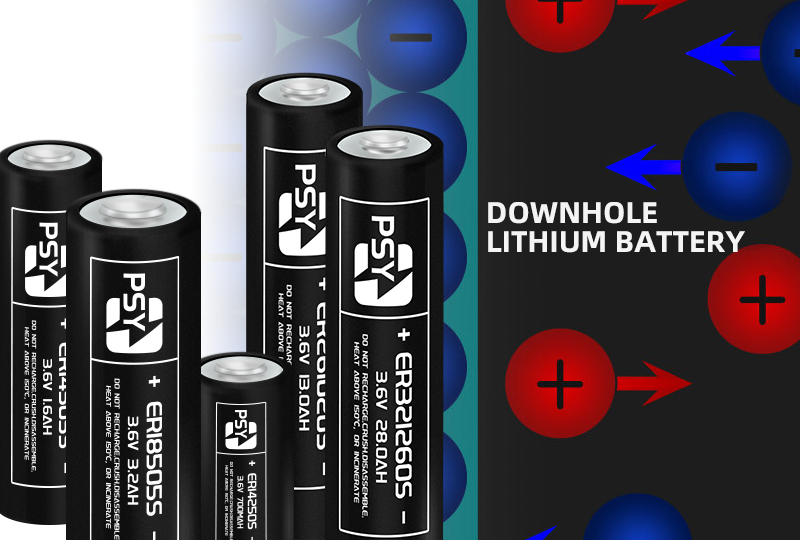Downhole Lithium Battery How They Work
Here’s a simplified explanation of how downhole lithium batteries work:
Inside the battery, a chemical reaction occurs at the interface between the lithium electrode and the electrolyte. This reaction causes lithium ions (Li+) to move from the lithium electrode to the electrolyte, leaving behind electrons at the electrode.
The lithium ions then migrate through the electrolyte towards the counter electrode (often made of a carbon material), driven by the difference in electric potential between the two electrodes. This movement of ions creates an electric current flow within the battery.
As the lithium ions migrate through the electrolyte, electrons flow through an external circuit from the lithium electrode to the counter electrode, generating a usable electrical current.
When the battery is charged, the direction of the electrochemical reaction is reversed. Li+ ions move from the electrolyte back to the lithium electrode, while electrons flow from the counter electrode to the lithium electrode, replenishing the stored energy.
Downhole lithium batteries are designed to withstand harsh downhole conditions, including high temperatures, high pressures and corrosive environments. T}heir rugged construction ensures reliable, stable power for downhole tools and equipment.
